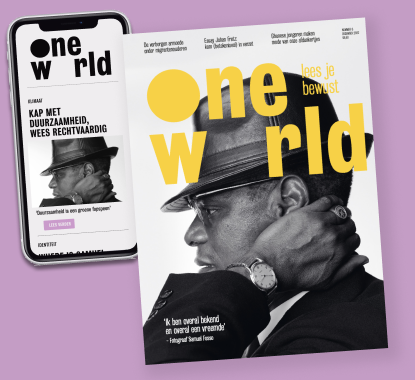The gap between the number of exhibitions and art shows in Western-Europe that center Blackness and those that center decolonial Black audiences is telling. What’s missing from these so-called ground breaking projects is a collective refusal of the idea that one must always approach Blackness from a variation of the question: “How does this relate to whiteness?” Unlearning this reflex creates room to center questions that take artists beyond the point of constantly having to explain oneself. What freedoms come with that and how do the various artistic landscapes benefit from these artistic and intellectual liberations?
The Blacker Blackness course will analyze and develop research and artistic practices rooted in Black-centered imaginations. We’ll study and create artistic representations of Afro-European communities whose presence can be traced from the 15th century until today. While focusing on the interior lives, joys, refusals and everydayness of these Afrodiasporic communities, we’ll use imagination as a (re)centering tool.
The first semester of this two- year masters programme focuses on Afro-Europeans in the 16th, 17th and 18th century. What could artistic representations of their presence be if we centered, researched and imagined their interior lives and various forms of what Amal Alhaag and Barby Asante call “Black Togetherness”? In the following semester we’ll (re)read three novels: Segu by Maryse Conde, Season of Migration to the North by Tayeb Salih and After the Dance: A Walk Through Carnival in Jacmel, Haity by Edwidge Danticat. From these works we’ll imagine and create uncoded representations of Afrodiasporic spiritualities as forms of hope and survival, the impacts of being uprooted and the social as well as the interior lives of enslaved people.
Next to writing the thesis, the third semester starts with researching how practices of decolonization, imagination, rejection and refusal -all of them amplified by technology in general and social media in particular- impacted not just the presence and art by but also positions of power of Black people. Our final semester focuses on final works and the social and political impact of sculptures, statues and other art pieces in public spaces.
Each semester is scheduled to close with a public event where the students present the storylines, collection of images and research questions they worked on.
The Blacker Blackness course requires a two year investment in decolonial, anti-racist, hype-free artistic representations of Blackness. The Temporary Programme welcomes students interested in literature and visual art by decolonial Afro-European, Afro-Caribbean and Africontinental writers, as well as those in dire need to picture and discuss Blackness in ways that aren’t solely linked to trauma, injustice or so-called street culture.
The five Main Departments and two new Temporary Programmes at the Sandberg Instituut are open for applications until 1 April.
For more information and to apply visit: www.sandberg.nl/temporary-programme-blacker-blackness

